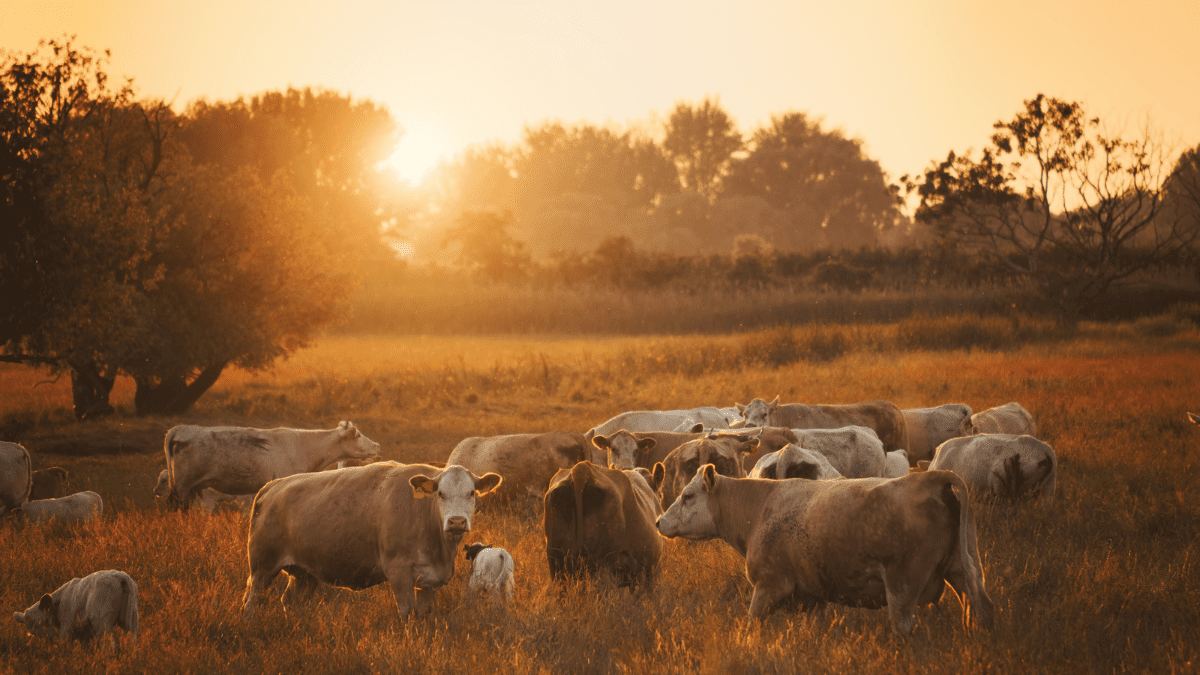Biosecurity in animal production: essential procedures for Asian countries

The primary goal of biosafety programs in animal production is to prevent the entry and spread of infectious diseases, originating from bacteria or other pathogens, that can proliferate on farms.
In Asia, where animal production is a vital industry, following these procedures is crucial to ensure the sector’s safety and sustainability.
Moreover, biosafety is one of the necessary requirements for a company or property to receive the Certified Humane animal welfare certification, which goes beyond the aspects of humane species management. For more information on certification, visit Certified Humane Asia.
The Certified Humane standards establish specific rules for the rearing of different animal species, such as laying hens, broilers, swine, dairy and beef cattle, among others.
These guidelines are adapted to ensure that biosafety standards are maintained throughout production in Asia, where diverse climatic and environmental conditions require specific practices for each region.
Preventive biosafety actions require Asian producers to meet stringent requirements to eliminate the risks of animal contamination, preserve health, and ensure safety at every stage of production.
These practices should be combined with controlling the flow of animals between various life stages, training handlers, and implementing a quality management system.
Key practices include:
- Isolating the farm at a safe distance from potential vector sources;
- Fencing the property;
- Washing and sanitizing facilities and vehicles;
- Restricting visits;
- Implementing a sanitary void between each batch;
- Adapting the vaccination program to local conditions;
- Sanitary management measures;
- Isolating and treating sick animals;
- Using potable and treated water for animal feeding and hygiene;
- Strict quality control of feed ingredients;
- Proper treatment of waste and effluents;
- Appropriate disposal of facility waste and deceased animals.
When preventive biosafety measures are adopted in Asia, they can prevent or control outbreaks and epidemics, such as Avian Influenza (H5N1), Bovine Spongiform Encephalopathy, SARS (Severe Acute Respiratory Syndrome), and COVID-19.
With the growing concern about disease transmission, farm activities must continue in a way that maintains necessary precautions and meets all the animals’ needs.
All biosafety criteria must be rigorously followed, along with meeting animal welfare requirements. Companies that implement these practices in Asia not only protect the health of their animals and workers but also ensure consumer safety and the quality of the products sold.
The importance of vaccines
Just like humans, animals also need vaccinations to become immune to specific diseases in the region.
This is one of the main sanitary management procedures that lead to biosafety in animal production.
Vaccines protect animals against diseases naturally occurring in the region where the herd is located, considering factors such as age, sex, species, and type of management.
Beef cattle
Vaccines for beef cattle are essential to prevent diseases caused by viruses, bacteria, and protozoa, such as foot-and-mouth disease and brucellosis.
Failures in vaccination can result in significant economic losses and a negative impact on animal health.
Poultry
Poultry also follows a rigorous vaccination program, adapted to each local epidemiological situation in Asia.
Diseases such as Newcastle disease and infectious bronchitis are prevented through specific vaccination methods, such as oral or spray methods, which are widely applied in the region.
Swine and sheep
For swine and sheep, robust biosafety programs, including vaccination against diseases like classical swine fever and parvovirus, are vital to prevent outbreaks that could devastate production. Proper planning and correct application of these vaccines are essential to ensure herd health and food safety.
Biosafety in animal production is crucial to meet the requirements of Certified Humane certification, ensuring that the practices adopted are aligned with the highest international standards of animal welfare.
For more details on how to adapt your property to the required standards, visit Certified Humane Asia.
Published on September 7, 2024



